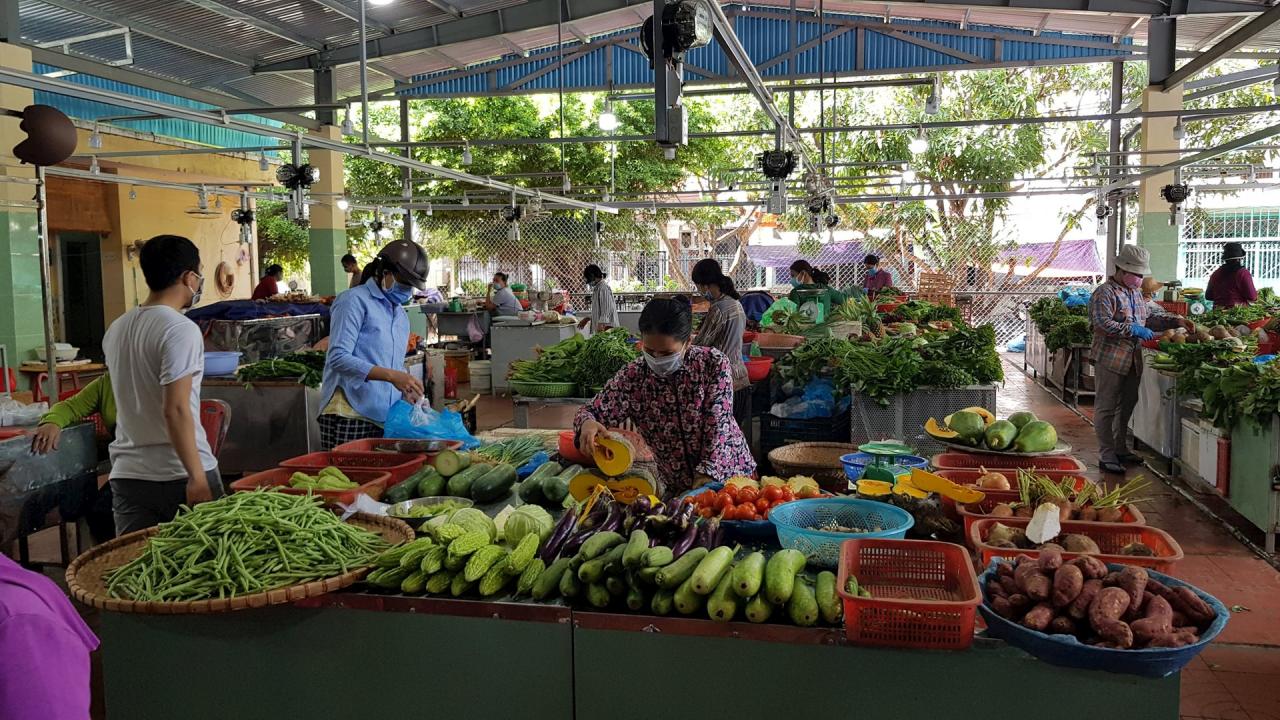
As everyone can see, the conflicting debates about traditional markets are between culturalists and older generations of consumers, against the young and those who prefer modern consumer styles, e-commerce businesses, etc. Predictions that traditional markets will decline always receive negative feedback from those with traditional cultural mentality.
In the flow of time
In traditional Asian culture, the market is an indispensable symbol. Meeting and setting up markets are always big issues related to customs, habits, and lifestyle of the people.
In particular, the more densely populated the city, the more markets there are, including sidewalk markets, squatter markets, etc., to large-scale commercial centers and wholesale markets. Market culture has been recorded in history books and poems for generations. The image of traditional Vietnamese women has been associated with shoulder poles and baskets displaying goods at the market.
Therefore, when many people perceive that the development trend of modern markets, especially "digital" business methods, will gradually eliminate traditional markets, most people do not believe it.

Even in large urban centers such as Hanoi and Ho Chi Minh City, when supermarkets and large shopping malls have sprung up, creating a habit of "weekly" shopping for consumers, small markets, local markets, etc. somewhere in alleys and villages still exist, still gathering regularly every morning and evening according to the residents' daily schedules.
Many young men and women, accustomed to using branded goods and driving cars, still have the habit of “going to the market” to hunt for snacks and daily necessities. Many people’s analysis shows that, no matter what, the feeling of the atmosphere in traditional markets is still difficult to change.
Therefore, to say that traditional markets are disappearing, social psychology has not accepted it. Even many localities with long-standing traditional markets are planning to build and restore order in the markets.
They want to create a new, more positive image of traditional markets, erasing past impressions of traditional markets that were shabby, muddy when it rained, and hot when it was dry.
Many large urban markets have now been renovated and refurbished, some even have air conditioning systems installed, which has truly changed the way many people think about traditional markets.
Change to survive
With the flow of digital technology and the current rhythm of e-commerce, traditional markets are also seriously affected. The number of small traders "sticking to the market" is gradually decreasing, and the goods brought to the market are also decreasing due to the lack of competition for buying and selling.
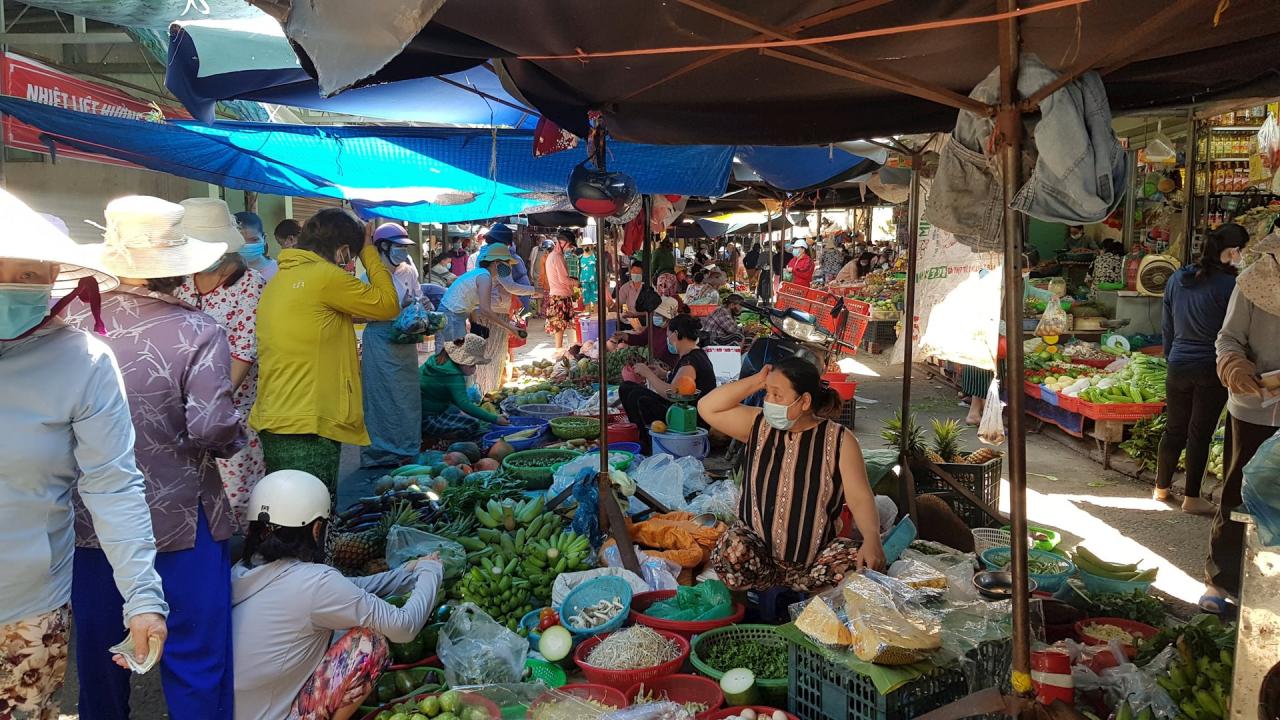
Many manufacturing enterprises have commented that selling goods in the market is much slower than selling online or through modern commercial channels. Moreover, no matter how much traditional markets are renovated, they still do not have the modern, clean and spacious appearance of shopping centers and supermarkets.
According to consultants, at least to promote the operation of traditional markets in the coming time, there need to be three requirements for correction, from both management agencies and the people themselves, the main subjects "nurturing" the markets.
It is necessary to classify and evaluate to invest properly and effectively communicate the image and activities of traditional markets, especially long-standing markets associated with local history and culture.
Traditional markets with cultural heritage values need to be well planned and managed, with support from the government and a certain budget to maintain and organize the most effective exploitation activities.
Next, goods brought into traditional markets need to be monitored and managed stably, based on consumer distribution systems from businesses and functional management agencies. But importantly, small traders in the markets need support policies, such as subsidies, gifting goods, etc. to commit to ensuring better service for buyers.
For example, Da Nang has issued a set of rules on food safety standards in traditional markets, and scored the quality of markets to have policies to support small traders. This is an initiative that helps change the quality of goods in traditional markets in a positive way.
Finally, improving the quality of traditional market life is a sustainable and reasonable requirement, meeting the living needs of local residents. Some business organizations and cooperatives have recently paid attention to this issue, with a program to re-invest, mobilize to maintain traditional markets, support small traders to sell goods, learn communication, and even learn foreign languages.
Traditional markets in big cities are gradually showing a modern, civilized, clean and tidy appearance, not inferior to supermarkets. Some markets even have procedures for organizing traders to sell goods at the right price, with the right quality, safely, and have sales campaigns and customer care.
In particular, the digital technology trend spreading to markets also helps small traders change the way they sell, many people open e-commerce channels, selling online very quickly. This integration of old and new helps small traders in markets have regular customers, continuing to operate with traditional markets.
Source: https://baoquangnam.vn/cho-truyen-thong-can-thay-doi-nhieu-hon-3149014.html



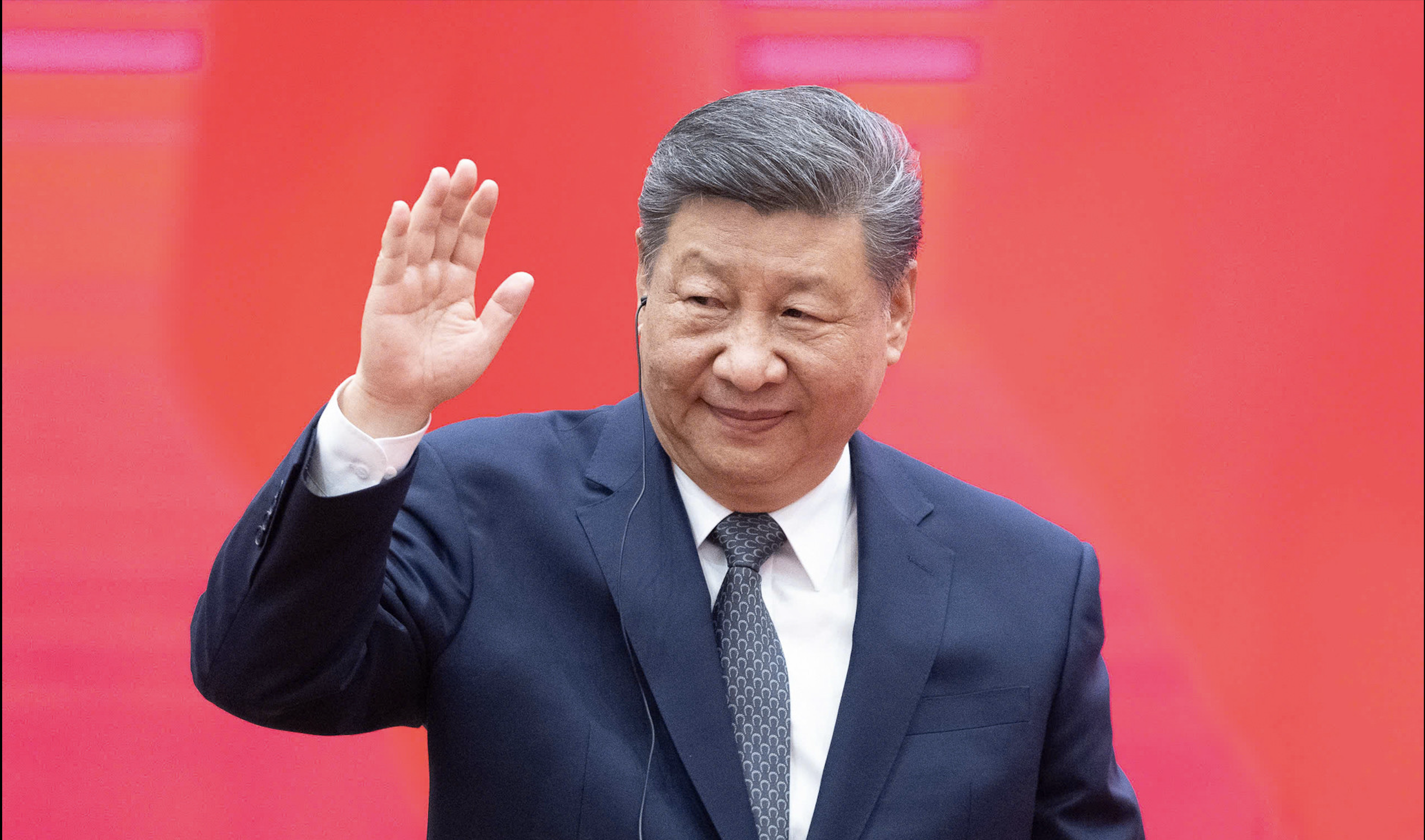



![[Photo] Opening of the National Conference to disseminate and implement the Resolution of the 11th Central Conference](https://vstatic.vietnam.vn/vietnam/resource/IMAGE/2025/4/16/e19da044c71d4330b6a03f49adcdb4f7)
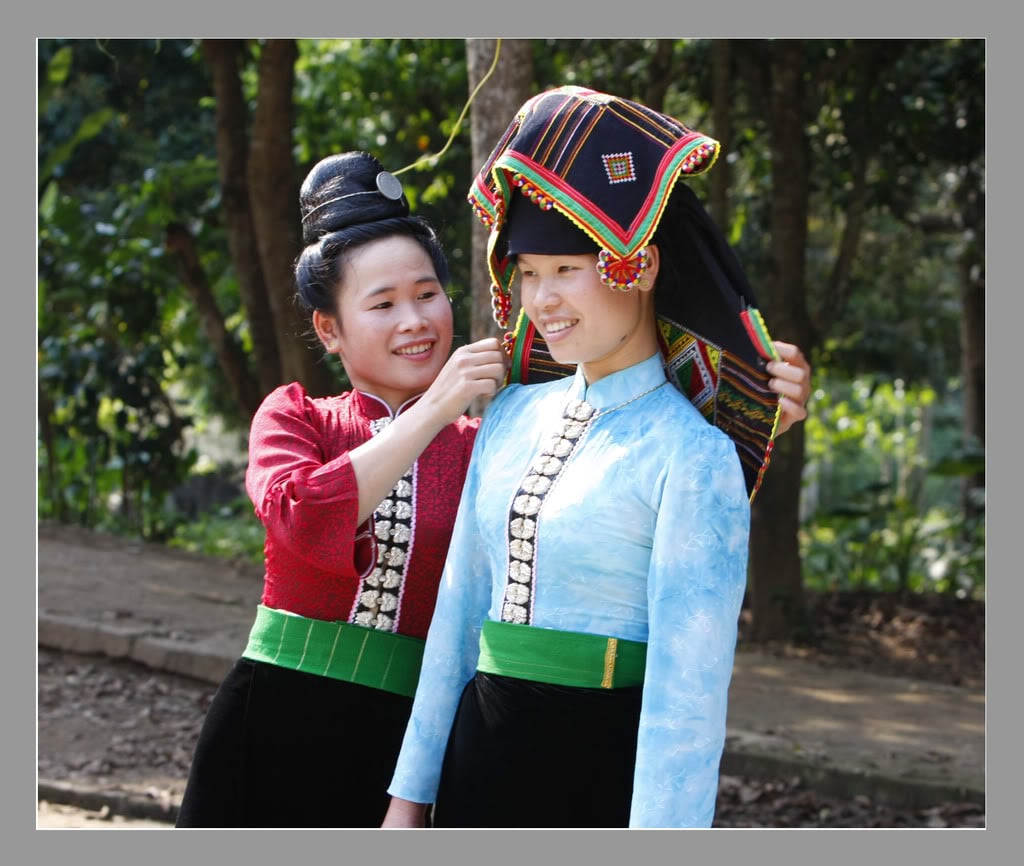





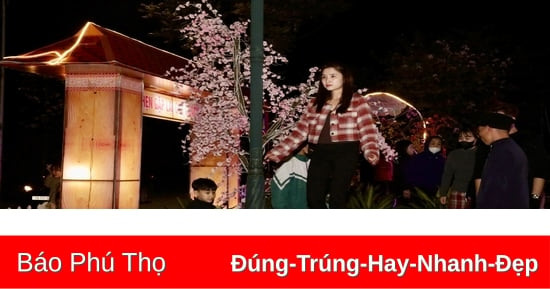
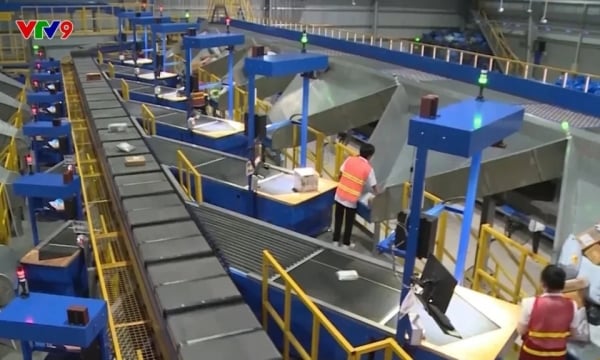

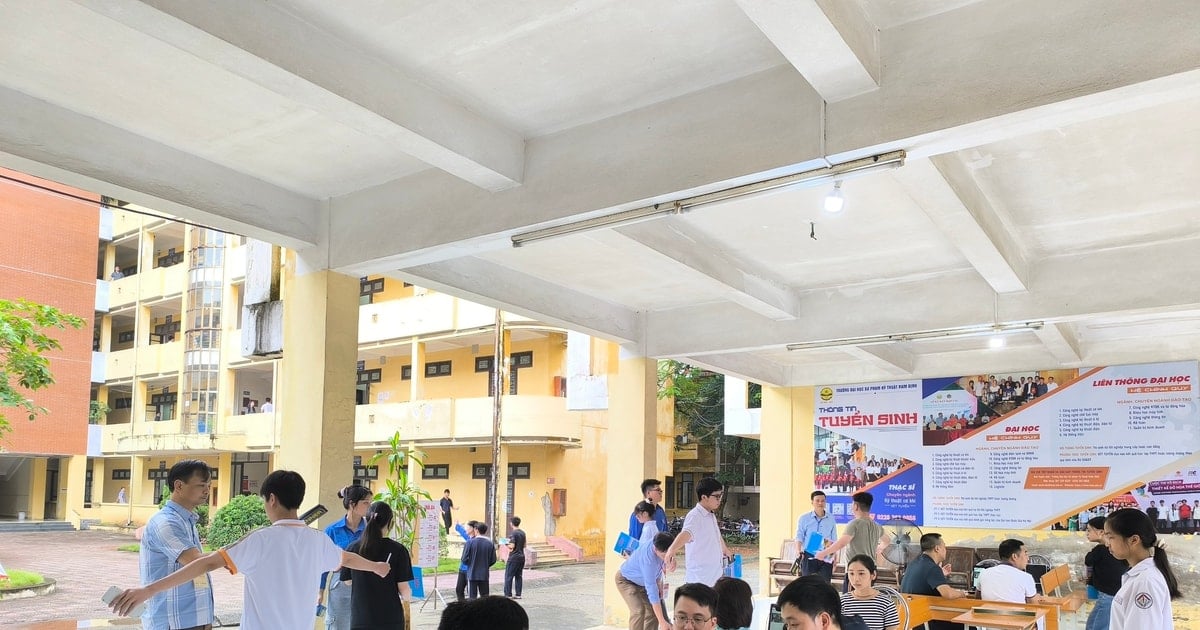
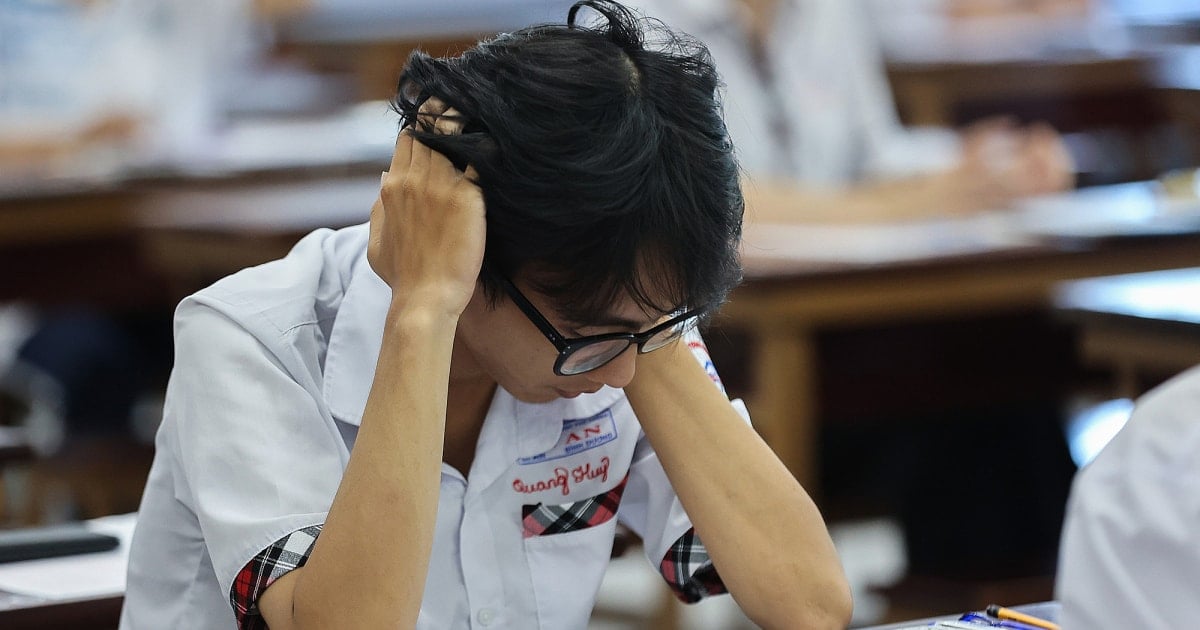

![[Update] - Thanh Hoa: 55 thousand delegates attended the conference to disseminate and implement the Resolution of the 11th Conference of the 13th Party Central Committee](https://vstatic.vietnam.vn/vietnam/resource/IMAGE/2025/4/16/f1c6083279f5439c9412180dda016c15)










![[Photo] Prime Minister Pham Minh Chinh holds talks with Ethiopian Prime Minister Abiy Ahmed Ali](https://vstatic.vietnam.vn/vietnam/resource/IMAGE/2025/4/15/4f7ba52301694c32aac39eab11cf70a4)
![[Photo] The two Prime Ministers witnessed the signing ceremony of cooperation documents between Vietnam and Ethiopia.](https://vstatic.vietnam.vn/vietnam/resource/IMAGE/2025/4/15/16e350289aec4a6ea74b93ee396ada21)
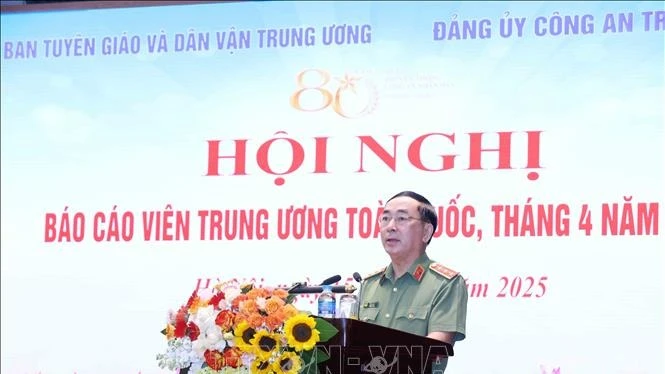















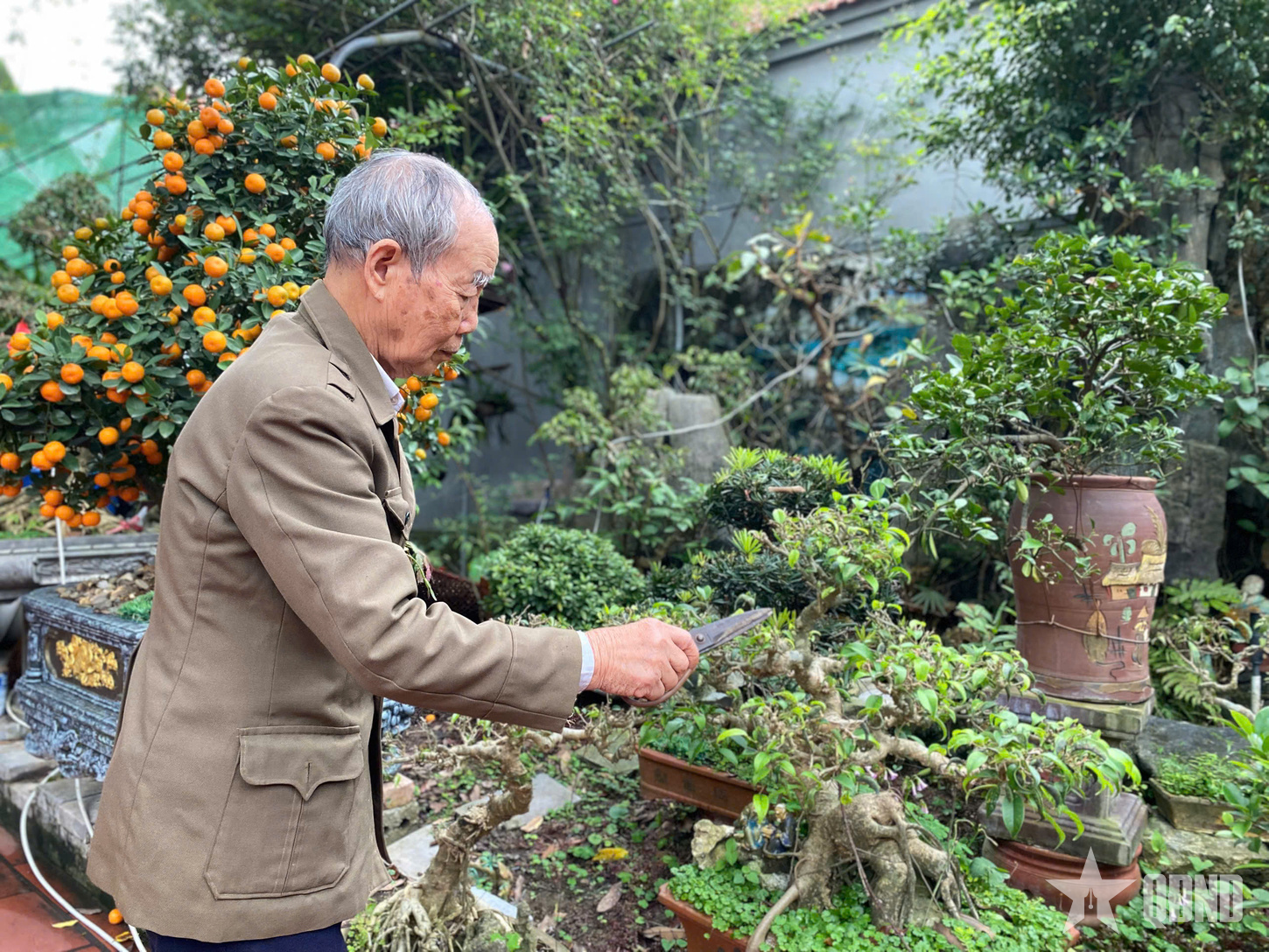



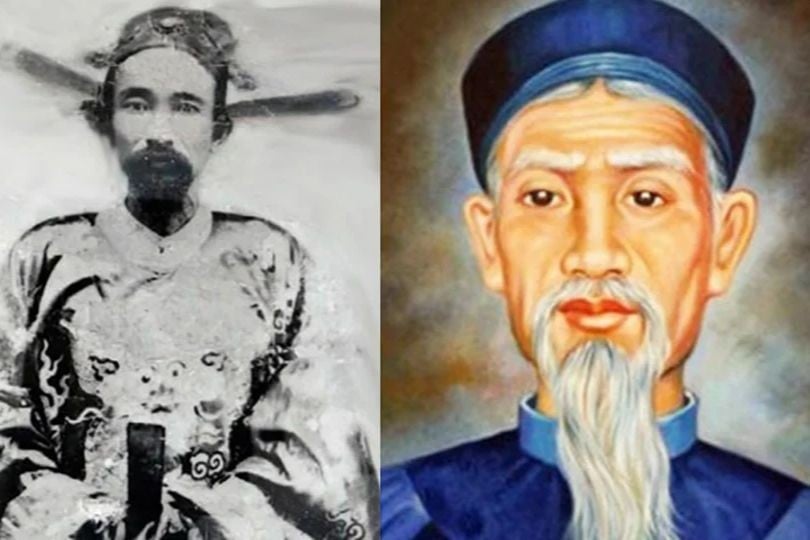

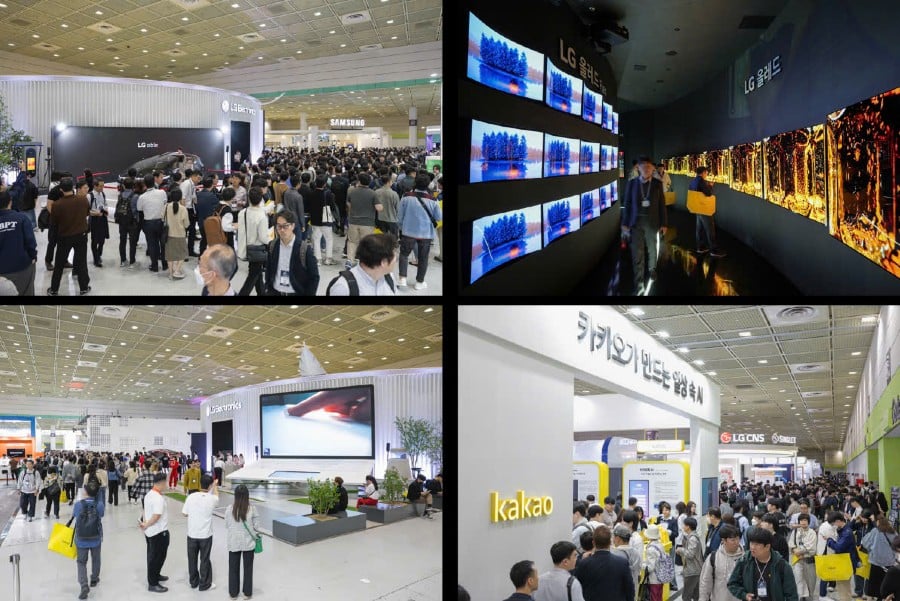









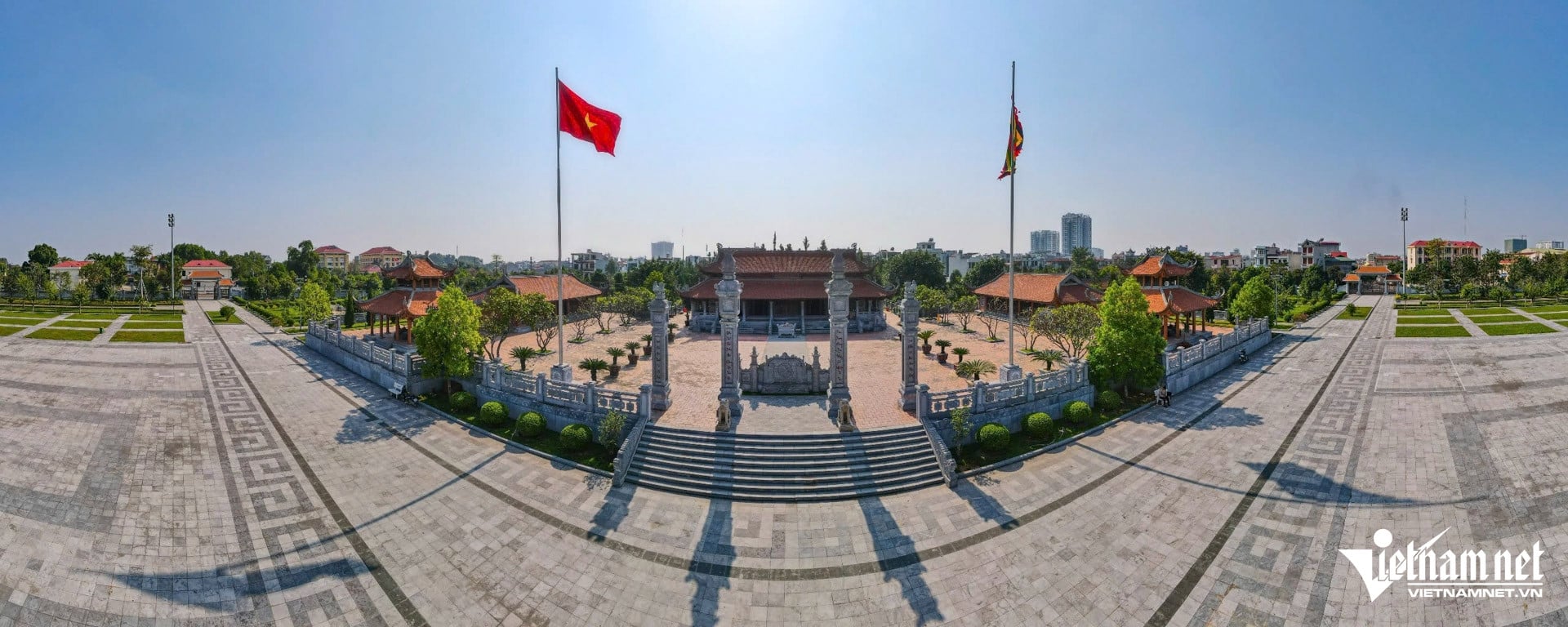













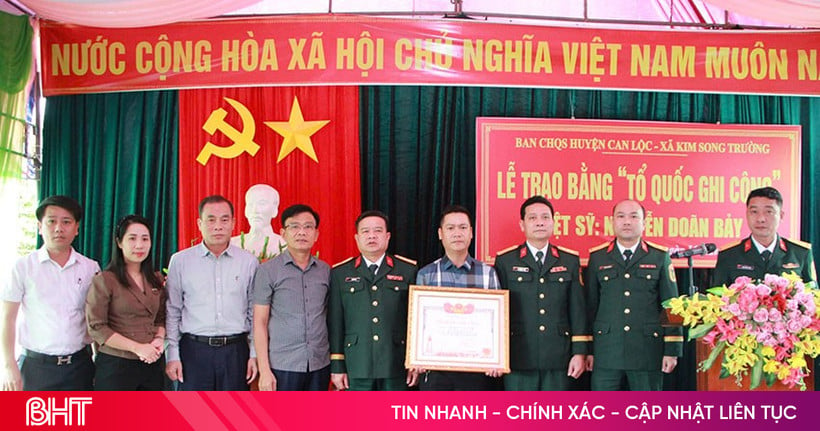



![[Video]. The joy of a new home](https://vstatic.vietnam.vn/vietnam/resource/IMAGE/2025/4/16/a089bfa9bc1348169e9a322be96b5da2)

![[Photo] The capital of Binh Phuoc province enters the political season](https://vstatic.vietnam.vn/vietnam/resource/IMAGE/2025/4/16/c91c1540a5744f1a80970655929f4596)








Comment (0)